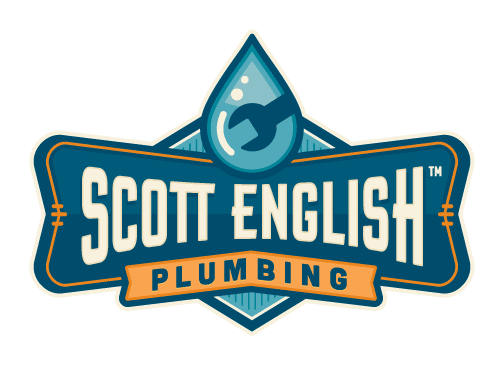How to Prevent Home Plumbing Nightmares
Many homeowners get a great sense of satisfaction from completing a DIY repair, and they can save a few bucks, too. But sometimes DIY repairs go wrong, and you can end up with a nightmare on your hands. Before you begin your next plumbing project, take a step back and check out these words of advice to help you prevent home plumbing nightmares.
1. Connect different types of plumbing properly. It is common in a residential plumbing system to have a combination of galvanized steel and copper pipes. That’s fine, as long as they are connected properly. All too often, copper and galvanized steel are tied together with some Teflon tape or thread sealant. Don’t do this! It’ll haunt you, creating problems for years. It can start corroding almost immediately. Prevent these problems by properly connecting your materials. Use a dielectric union to connect copper and galvanized steel. It sounds fancy, but it’s just a simple plumbing connection that you can pick up at the hardware store. There’s a steel collar that attaches to the steel side, and a copper collar that attaches to the copper side. In the middle, there is a bushing that separates and protects them.
2. Prevent back flow. What is back flow, you ask? Well, the water in your home is supposed to flow out to the sewer system. If there is a sudden drop in pressure, the water can flow the wrong direction. See where this is going? You can prevent problems by installing a vacuum breaker fitting. In some areas, these are required by law. If they’re not required in your area, they are still a good idea.
3. Make sure your gas lines are properly connected, too. We think of plumbing as referring to pipes that carry water, but gas lines are part of your plumbing system, too. Leaking water pipes are a hassle, but leaking gas lines can be deadly. When you install a new gas appliance, make sure that you are using the right connection. Buy a universal connection kit, which will come with a variety of adaptors to help you hook up your appliance safely and properly.
4. Check for plumbing before you start hammering things into the wall. You can purchase a stud sensor that detects pipes, too. It’ll help you make sure that the space is clear so that you don’t drive a screw into your pipes by mistake.
5. Look into the plumbing code. There are rules about all kinds of things, like how far a fixture can be located from a drain line depending on the diameter of the pipe. Do some research before you start a project. Get a copy of the Uniform Plumbing Code, and make sure that you are in compliance.
6. Use professional equipment to get a good seal. Professional equipment gives you a cleaner cut and creates a neater seal, which is important for preventing leaks.
7. Seal properly. Soldered joints and glued joints don’t need to be treated with sealant, but all other joints do. There are two different types of sealant tape & one for water, one for gas. Use the right one. Always check for leaks before you consider a project done.
These tips will help you to get a DIY plumbing project done properly. If you need some help, call Scott English Plumbing. We handle routine plumbing maintenance matters as well as plumbing emergencies. We’re available 24/7, so call Scott English Plumbing for assistance anytime.
